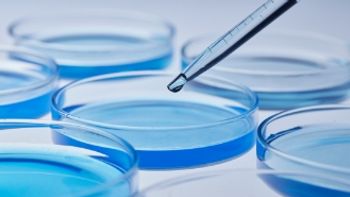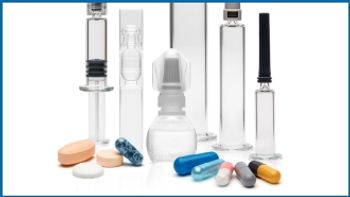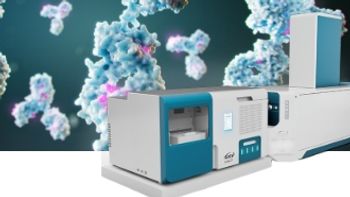
How are CE Methods Being Adapted to Analyze New Biopharmaceutical Drug Modalities?
The increase in non-monoclonal antibody protein drug candidates has required researchers to develop new methods. By adapting existing approaches find out how Dr. Stephen Lock is answering this challenge to better profile these extremely complex proteins. Wednesday, Sept. 2, 2020 at 11am EDT | 8am PDT | 4pm BST | 5pm CEST On demand available after final airing until Sept. 2, 2021.
Register free:
Event Overview:
In this webcast discover how standard capillary electrophoresis (CE) methods, including CE– sodium dodecyl sulfate (CE-SDS) methods, are being adapted for the changing targets of the biopharmaceutical industry, as part of the development of new drug modalities such as antibody–drug conjugates, bispecific antibodies and more. The presentation will cover CE basics and show how you can adapt both size-based and charged-based methods to improve resolution and sensitivity needed to detect and profile impurities in various types of protein-based pharmaceuticals.
Key Learning Objectives:
- Learn how CE-SDS methods are being adapted for new classes of proteins
- Discover the benefits of laser-induced fluorescence (LIF) detection for the detection of proteins
- Find out how charge-based separations are being used to analyze the latest biopharmaceutical drugs
Speaker: Dr. Stephen Lock, EMEAI BioPharma Market Development Manager, SCIEX
Time and Date: Wednesday, Sept. 2, 2020 at 11am EDT | 8am PDT | 4pm BST | 5pm CEST
On demand available after final airing until Sept. 2, 2021.
Sponsor: SCIEX
Register free:
Newsletter
Stay at the forefront of biopharmaceutical innovation—subscribe to BioPharm International for expert insights on drug development, manufacturing, compliance, and more.




